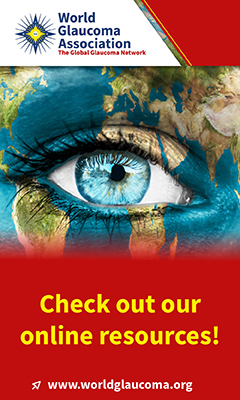advertisement

Abstract #111790 Published in IGR 24-3
Awareness for glaucoma in the general population
Stingl JV; Greslechner R; Brandl C; Heid IM; Hoffmann EM; Pfeiffer N; Schuster AKDie Ophthalmologie 2023; 120: 1088-1097
BACKGROUND: Glaucoma is not a rare entity but because very few symptoms occur and visual field defects are frequently first recognized at a late stage, a large proportion of glaucoma diseases remain undetected. The aim of this study was to identify the proportion of undiagnosed glaucoma in German population-based cohort studies and to contextualize them in the context of the literature. MATERIAL AND METHODS: The prevalence of glaucoma in the Gutenberg Health Study (GHS) and the age-related investigations on health of the University of Regensburg (AugUR) was evaluated based on visual field examinations and optic disc color photography according to the ISGEO criteria. Furthermore, the self-reported glaucoma diagnoses were collected and the proportion of undiagnosed glaucoma was determined. RESULTS: The proportion of undiagnosed glaucoma was 55% in the GHS, and 53% in the AugUR study. The results correlate with results from previous studies from other countries in which the proportion of unrecognized glaucoma ranged from 33% to 78%. In the GHS and the AugUR study the proportion of undiagnosed glaucoma was higher in younger age groups and in women. DISCUSSION: Roughly every second case of glaucoma is undetected. As the symptoms are often nonspecific or take a long time to appear, there is a risk of advanced glaucomatous visual field defects or blindness due to a lack of glaucoma awareness. Studies have shown that a systematic screening can halve this risk.
Augenklinik und Poliklinik, Universitätsmedizin der Johannes Gutenberg-Universität Mainz, Langenbeckstr. 1, 55131, Mainz, Deutschland. julia.stingl@unimedizin-mainz.de.
Full article
